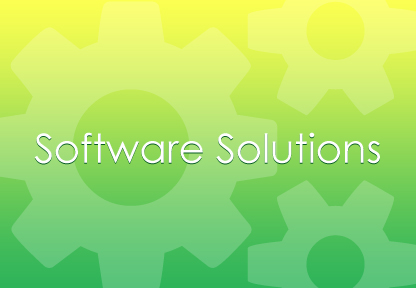As an executive, you have to make tough choices. Do you fund more training for your staff this year? Should you say yes to a proposal to have a consultant review your IT security? Each option has a benefit to offer the organization. When your managers ask you to approve FIDO2 cybersecurity, you need some context to understand this request. We’ll help you understand FIDO2 and make better choices by answering a few critical questions.
What Is FIDO2 Cybersecurity?
FIDO2 is a security standard that makes multi-factor authentication (MFA) easier to implement. MFA is an authentication standard that permits (or requires in some cases) users to use two or more authentication methods to verify a user. For example, a user may enter a traditional password and then enter a code sent by text message. By using both authentication methods, it’s much more difficult for an attacker to gain unauthorized access to your company.
In the past, it was relatively difficult and time-consuming to bring MFA to your company. That’s where FIDO2 changes the picture. The FIDO2 standard is designed to achieve a single goal: make MFA easy to implement. In brief, FIDO2 makes it easy for employees to use devices they already have, such as smartphones, to authenticate themselves.
Why Does FIDO2 Cybersecurity Matter for Your Company?
You might be wondering why making multi-factor authentication easier matters. That’s a fair point to raise. Here’s how we suggest thinking about it: most security requirements are onerous for employees. Every new change you announce to employees is likely met by quiet (or not so quiet!) complaints. That’s a problem because security requirements perceived to be tough are likely to be skipped or evaded whenever possible. Thus, if you roll out multi-factor authentication to your organization and don’t make it easy to use, few employees are going to use it. That means you’ll have a failed security initiative, and your organization will fall behind other companies that are using multi-factor authentication, such as Amazon and Bank of America.
In cybersecurity, you need every advantage and protection you can get your hands on. If it becomes known that your organization fails to implement best practices such as multi-factor authentication, you may be targeted for more attacks. Even worse, your lack of robust authentication methods will mean that a higher percentage of those attacks will gain access to your systems.
What Are Your FIDO2 Cybersecurity Implementation Options?
Once you see the benefits of bringing MFA and FIDO2 to your organization, the next question relates to how. The FIDO2 standard is helpful for security experts. However, it doesn’t offer a full implementation with software support. To achieve that result, you need to bring a full identity and access management software solution to your company. Without that solution in place, you’re likely to have robust authentication but have other weak links in place in your organization’s security framework.
The first decision to make is simple but essential. Do you want to build the solution or buy the solution internally? For most organizations, it’s more efficient to purchase a solution from the marketplace, because your IT staff doesn’t have the spare capacity to develop new software. As you seek out options in the marketplace, outline some broad criteria to narrow the options.
1. FIDO2 Support to Make Multi-Factor Authentication (MFA) Easy
You need to make MFA easy for your employees to adopt into their routines. Therefore, you’ll want to choose an identity and management system that supports FIDO2. Avatier now has support for FIDO2, so you can check off this requirement with confidence.
For highly sensitive users (e.g., executives with the authority to approve large payments), you might want an added level of protection. In that case, look for a software solution that supports specialized hardware such as a YubiKey. Avatier also has support for this multi-factor authentication option.
2. Fulfill Compliance Requirements with Confidence
Missing a compliance requirement is one of the easiest ways to look ineffective in front of others in the company. That’s why you need to focus on software solutions that make accurate record-keeping for compliance a priority. Without this protection in place, your managers will have to create their practices to achieve compliance. Like it or not, some managers will be more disciplined than others in keeping up with identity and access compliance. As a result, you’re going to have incomplete compliance records.
It’s much more efficient to have records for audit and other needs directly tracked in your identity and access management solutions.
3. Empower Employees to Manage Their Passwords
Making security convenient for employees is one of the major reasons to bring MFA and FIDO2 to your organization. When you go to look for an identity and access management solution, employee convenience matters. Specifically, we suggest focusing on software that gives your employees the option to reset their password at their convenience. When you make it easy for employees to manage their passwords, they’re more likely to choose highly secure passwords. Further, they’re less likely to write down passwords in notebooks since they can easily obtain a new password whenever they need one.
Your Next Step to Bringing Multi-Factor Authentication to Your Company
Now that you know how multi-factor authentication helps to protect your organization, and how FIDO2 makes it easy for your employees, what’s next? As an executive, you have a few options. If IT security is currently a top priority (e.g., your organization is recovering from a major security failure), then you might assign a project manager and get started. If the issue isn’t quite that urgent, we suggest asking one of your IT managers to create a short list of software solutions and investigate which one is the best fit for your company’s needs.




